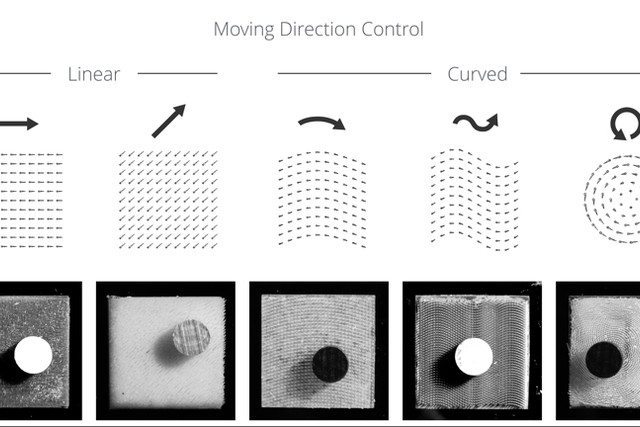A huge amount of modern engineering is inspired by the natural world and a team at MIT has attempted to recreate human cilia hair in a bid to harness its unique properties. As 3D printing lies at the heart of this project, it gained the rather stylish title: Cilllia.
Virtually every human cell comes equipped with cilial hair at some level. The inside of the nostrils, throat and lungs are covered with them and that is just the start. We have complex networks of these tiny hairs all around the body and they serve a number of purposes.
Filtration to feeding
These range from filtration and keeping our airways clear of mucus through to propelling sperm to its intended destination. Non-motile cilia sit in the kidney and they bend as urine starts to flow, acting as an organic sensor. They are also found in your eye, where they form a transport system for chemicals and nutrients.
The systems that control each relatively simple hair have evolved into highly complex patterns that could take lifetimes to fully understand, let alone replicate. But, with the power of machine learning and some of the sharpest minds at MIT, we already have some breakthroughs.
Maths lies at the core
Of course 3D printing lies at the heart of this project, so the hairs are individually created with the help of a printer and a bitmap generating program. This meant they didn’t have to produce separate CAD files to make vast numbers of irregular hairs ranging from 50-150 micrometers thick and produce a dense surface mat with varying geometry. Without the algorithm, this whole project would have been almost impossible.
MIT came up with a range of scientific applications. These include a potential replacement for Velcro, which is much smarter and can be programmed to take a certain weight and force before separating in one direction while they can be easily pulled apart in another
The team also ‘taught’ the hair to move objects across a predefined path. They could even sort the objects based on their weight and vibrational frequency.
This could have all manner of useful applications, beyond just sorting out a jar of loose change. The researchers chose to illustrate the technology with a pair of 3D printed dancing figurines moving in time to music, but we’d like to think there’s a deeper use for this.
Every switch could have a hair trigger
Sensors and switches are one obvious use and the mass of hairs can sense vibrational movement in the air to activate a light. They could also be incorporated into touchpads and other touch sensitive devices, if we can overcome the packaging problems, to gauge the strength of your inputs.
If that’s not enough, the hairs managed to turn a vibration into a rotational or linear motor. That could have grand implications and point to a future without fuel, a future where the vibration itself is a power source. MIT opted for a conservative real world application that is slightly odd, unfortunately.
They chose to suggest a phone on vibrate mode could power a windmill that would signal when a call comes in. Why would we need that? We’re not convinced!
Vibrations as power has an obvious use
Surely a more practical application is to drive a car, but there are practical considerations at work here and MIT might simply not be able to crack that conundrum just yet. It’s an interesting proposition, though, and shows the power of the hair we take for granted every single day.
As for the design applications, the researchers at MIT were keen to present the possibilities of furry jewelry and paint brushes with a custom stroke might be pushing this research a little far. Anything is possible, of course, but we think we’re more impressed with the scientific findings.



